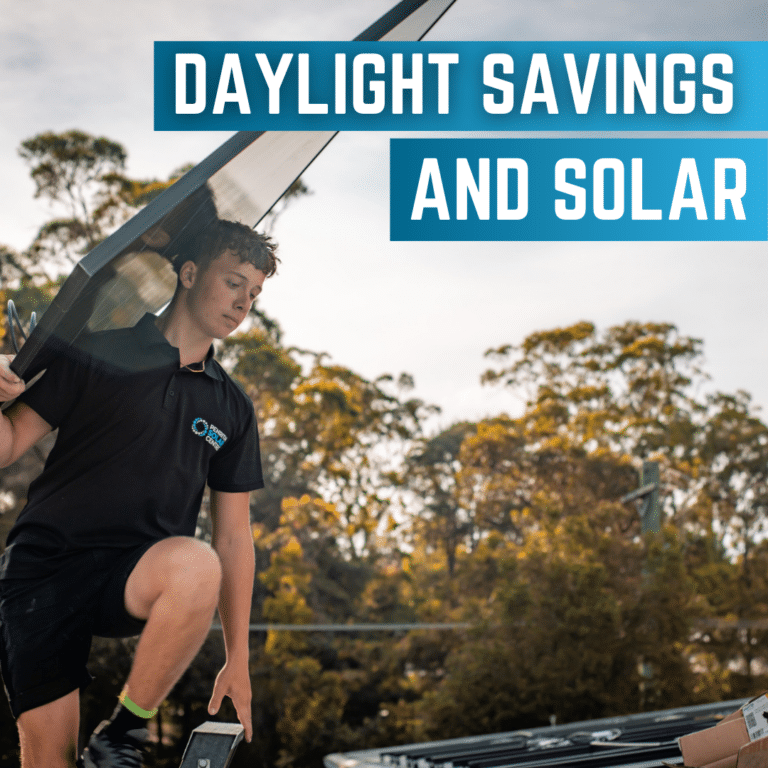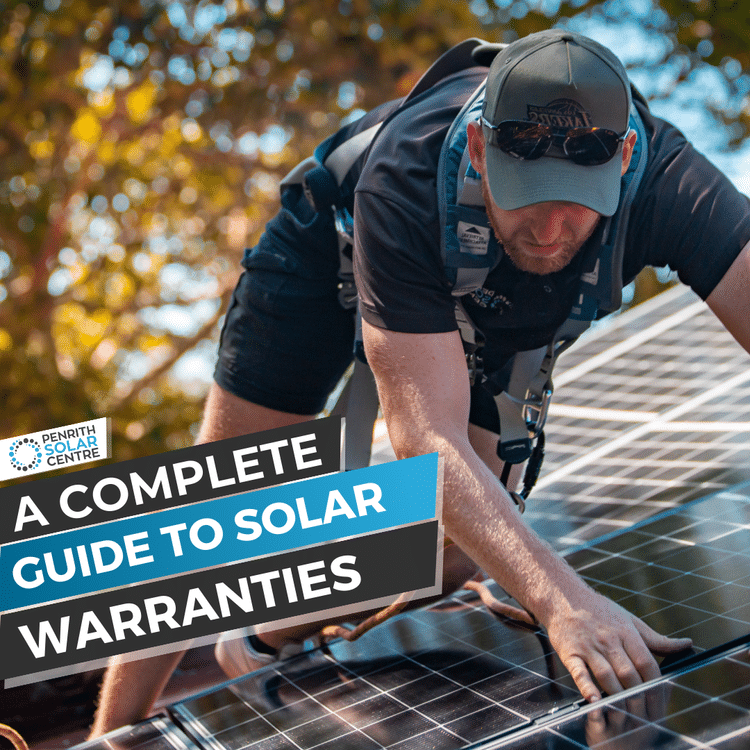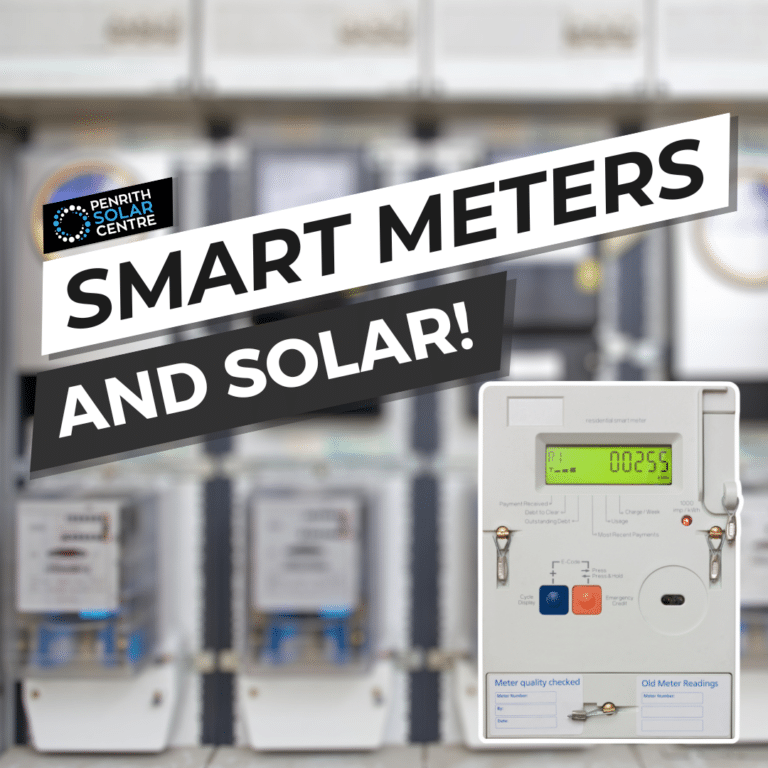With all the energy price hikes happening, you might be wondering how much solar can reduce your energy bills. Like all things in life, you get out of your solar what you put into it.
Consumption monitoring is the magic mojo that makes your solar scream with efficiency. It tracks your energy use, and you can use that information to save money by using your energy differently.
At Penrith Solar Centre, we understand the propulsion a solar system will receive for customers who use consumption monitoring. We also understand that this might be a new concept for you. It’s just a new phrase to help you make the most out of the new solar power plant up on your roof. Don’t worry, we’re here to help.
In this article, you will learn:
- What is Solar Consumption Monitoring?
- Identify What’s Using Power in Your Home?
- Optimise Energy Usage Patterns and Reduce Energy Use at Home
- Detect Malfunctioning Equipment for Repairs or Replacement
- VPP: What is a VPP and How Can You Use It with Solar Consumption Monitoring to Make Money?
By the end of this article, you’ll have a comprehensive understanding of what consumption monitoring is and how you can use it to make the most out of your new solar system.
What is Solar Consumption Monitoring?
What:
- Consumption monitoring tracks your energy usage in real-time. The phrase “consumption monitoring” is a noun that the solar industry uses to describe the interaction between a solar owner and how they monitor their energy consumption.
Who:
- Solar customers can track their energy use through software, either in the form of an app or a website. If you’ve installed Enphase microinverters, the Enphase Enlighten App is free of charge.
- If you don’t have Enphase microinverters, there are other options.
- If your system didn’t come with software or an app to monitor your energy use, we recommend you look into some form of independent consumption monitoring software like Solar Analytics to help you optimise your system.
Why:
- Monitoring your energy use will give you an understanding of how much power different appliances use in your home.
- Understanding where your energy goes will help you understand your energy habits. With this knowledge, you can make choices in alignment with your needs and goals for energy.
- Knowledge is literally power. Consumption monitoring does this for you.
If you’re interested in some tips about consumption monitoring, you might want to check out the following article titled, Power vs. Energy: kW vs. kWh.
Identify What’s Using Power in Your Home?
It’s time to take your energy “little piggies” to market.
Consumption monitoring can be used to pinpoint which appliances are using the most energy. It takes a tiny bit of critical thinking to figure this out.
- Open up your Enphase Enlighten App or preferred consumption monitoring app.
- Turn off all your lights and appliances and watch your energy use drop in the app.
- Turn on appliances or lighting one by one to get an idea of how much each appliance uses.
That’s all you need to do to find out how much each appliance is using.
Please Note: Of course, there are some specialty devices and software for smart home technology, but they’ve yet to be integrated with Enphase, Tesla, Solar Analytics, or other consumption monitoring software for solar.
The usual suspects for big loads are what you might suspect: air conditioners, washing machines, heating units, and other heavy-duty stuff.
You might be surprised by how much energy your toaster uses. Or the electric kettle. Are your power points switched on or are they turned off? Every little bit of power adds up over time.
Just switch appliances on and off to understand where your piggies are. It’s that easy.
Then it’s a question of how you’re using the appliances and when you’re using those appliances.
If you’re interested in learning a bit more about shopping for a solar system, you might want to check out the following article titled, 6 Mistakes to Avoid When Buying Solar.
Optimise Energy Usage Patterns and Reduce Energy Use at Home
We recommend adjusting when and how you use your appliances. Of course, you can replace your energy piggies with energy-efficient appliances, but that’s costly.
It’s easier and less expensive to make choices about when you use appliances and how you power them – whether it’s your solar system or the grid.
Load Shifting: You might want to consider coordinating when you use different appliances. You don’t want to be in a situation where they’re forcing each other to work harder.
- For example, in summer, there is a battle happening between the oven and the air conditioner. If you do your baking in the early morning when the house is cooler, you won’t need to counter the heat it puts off with the AC in the afternoon.
- Another example is how you might discover running the dishwasher right before bedtime (when energy from the grid is priced off-peak) will save you some money.
Peak Shaving: Using a different power source to avoid spending a premium on energy from the grid is a great use of consumption monitoring. Energy from your solar system is free, and energy from the grid changes price depending on when you use it.
Your solar system can shave some of that peak pricing down to a more reasonable cost. It’s what they’re designed to do.
- For example, in the evening, as the sun goes down, your solar battery will kick in and supply the home to shave off a bit of that peak price. You don’t really need to worry about washing the kids’ school uniforms at night when running the washing machine is at its most costly.
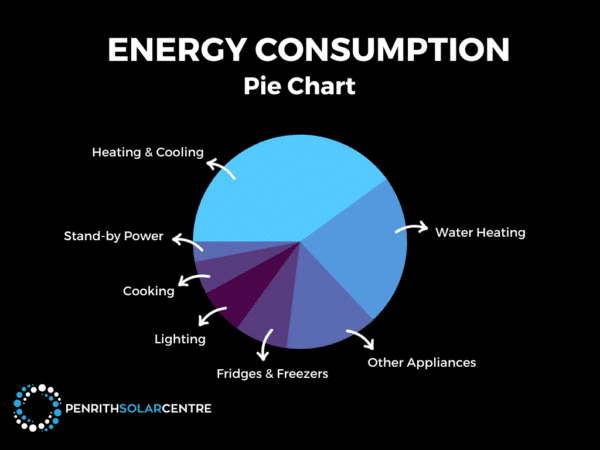
That being said, you don’t need a solar battery to prevent your energy use from spiking. You can wash that same laundry in the middle of the day using solar to save some money too.
Now, we haven’t exactly reinvented the wheel with these revelations. It sounds like common sense, and you might be thinking that you don’t need to worry about consumption monitoring to do the above.
You wouldn’t drive a car without information about the speed, fuel, or temperature and a solar system is no different.
If you want to save money, you need to know specifics about your energy usage. Without consumption monitoring, it’s just vague estimates.
Look for the spikes in energy use. Every monitoring app is slightly different, but they are all quite colourful when they show you energy spikes. See what appliances correlate to the spikes and make choices around their use.
You have just consumption monitored and optimised your energy use patterns.
If you’re interested in learning a bit more about solar batteries, you might want to start with the following article titled, Adding a Battery to a Solar System.
Detect Malfunctioning Solar Equipment for Repairs or Warranty Fulfilment
Let’s talk about diagnosing solar equipment.
- If you catch your solar outputting less energy than it usually does, it might be an indication that something is malfunctioning. You would have missed it without consumption monitoring software.
- Finding problems for repair early saves money. The sooner you catch a problem and repair it, the better off your entire home’s energy bill will be.
With an Enphase microinverter system, you can diagnose problems with your solar system down to the individual panels. This is because of the way this technology is designed.
Each solar panel has a microinverter mounted underneath it. The microinverter is busy converting DC electricity from the solar panels into AC electricity for the home to use, and it’s also sending the information from each solar panel back to the Enphase Envoy (it’s a component that’s between your solar and the main switchboard that reports how electricity is being harvested and used).
Monitoring your solar system and how it’s running by using the Enphase Enlighten App will help you understand when it’s time to contact your installer for repairs or to fulfill a warranty claim on your behalf.
The only way to have this ability is to invest in a solar system that offers panel-level optimisation.
If you’re interested in learning a bit more about the difference between microinverters and DC optimisers, you might want to check out the following article titled, Microinverters vs. DC Optimisers: Which Is Better?
VPP: What is a VPP and How Can You Use It with Solar Consumption Monitoring to Make Money?
What is a VPP?
You’ll need a solar battery for this one. Solar batteries come with free monitoring apps to help program how you want them to operate. They wouldn’t be much use without consumption monitoring.
A Virtual Power Plant (VPP) is a network of solar batteries connected and controlled via cloud-based software. It’s something you have to sign up for.
The software instructs connected batteries to discharge to relieve the grid when it needs extra energy. It’s like having a mini power plant spread out and made up of many solar batteries rather than a huge, central generator fuelled by coal.
To thank you for helping them keep the grid functioning without any blackouts, VPP programs pay you for exporting energy into the grid. It used to be called a feed-in tariff but has been rebranded as a time-of-use tariff.
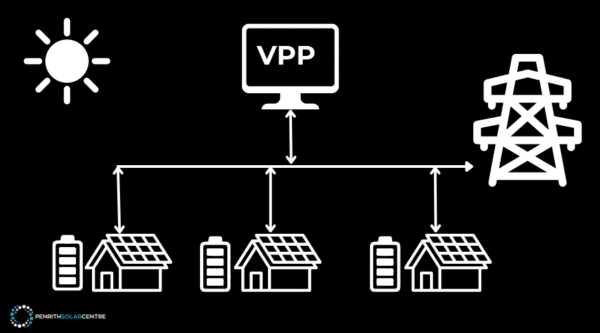
With consumption monitoring, you can make some money with a VPP and accelerate the payback period of your new solar system.
How Can You Use It to Make Money?
Here’s how it works:
- Real-Time Data Analysis: Consumption monitoring provides real-time data on your energy production and usage. You’ll see exactly how much energy your solar panels are generating and how much your household is consuming.
- Optimising Energy Usage: With detailed insights from consumption monitoring, use energy so it coincides with when your solar is cranking out kilowatts.
- Maximising Time-of-Use Tariffs: By understanding your energy patterns, you can strategically export excess energy to the grid when the time-of-use tariffs are highest. If you do this, you get the maximum financial return for the energy your system produces.
Some time-of-use tariffs can get quite lucrative, especially as different energy retailers are setting up VPPs nationwide. It’s possible to make money with your solar using consumption monitoring on top of the money you’re already saving by applying it to your energy use.
If you’re interested in learning how you can turn your solar battery into a source of passive income, you might want to check out the following article titled, Variable Feed-in Rates and VPPs in NSW.
Believe It or Watt, Consumption Monitoring Saves Money
Now you know a few tips on how to make the most out of your solar system using consumption monitoring. You can identify where you use the most energy and adapt your usage to maximise your savings. There are also opportunities to make income with your solar by signing up for a VPP and exporting energy at the best rate.
At Penrith Solar Centre, we work with you to help you understand the many ways you can get the most out of your solar system. We work with you to educate you about solar to make sure you’re a happy customer. Like we said, knowledge is power here, quite literally.
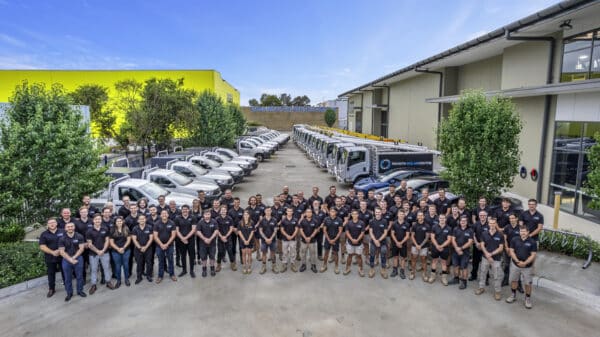
If you’re interested in learning a bit more about the importance of a good installer for your solar (the most important component of any system, seriously), you might want to check out the following article titled, In-house Installers vs. Subcontractors: Which is Better?

